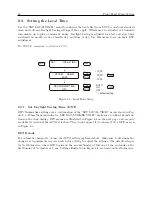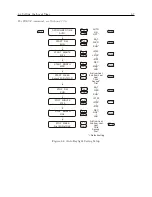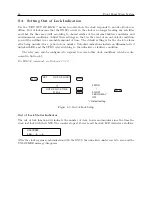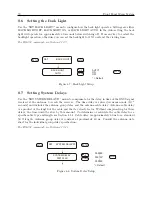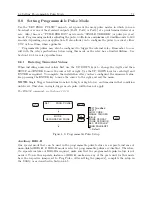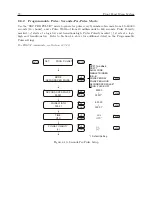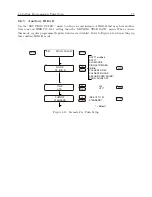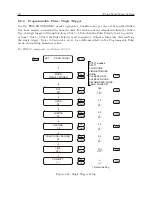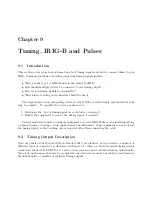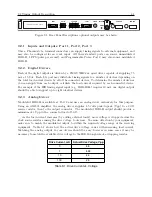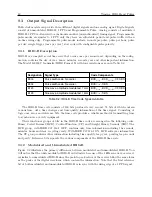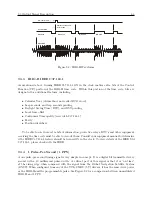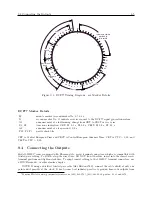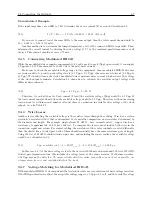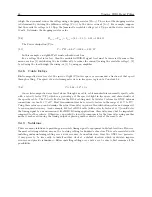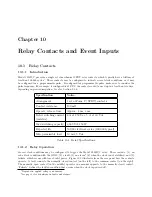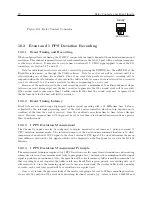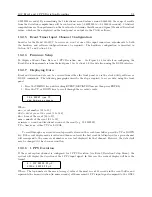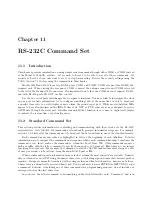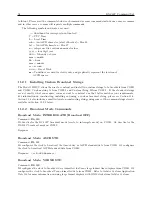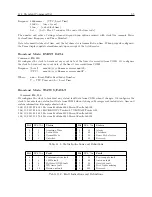
Chapter 9
Timing, IRIG-B and Pulses
9.1
Introduction
This section covers some basic information about timing signals and how to connect them to your
IEDs. Common questions concerning connecting timing signals include:
•
What are the types of IRIG-B used in the Model 1201B/C?
•
How should multiple devices be connected to one timing output?
•
How far can timing signals be transmitted?
•
What kind of cabling and connectors should be used?
The steps involved in synchronizing devices to the GNSS are fairly simple and should not take
long to complete. To expedite the process, make sure to:
1. Determine the type of timing signal for each device receiving it.
2. Enable the equipment to receive the timing signal, if required.
Various methods are used to configure equipment to receive IRIG-B time codes including setting
a physical jumper, or using a setup application in the instrument. Some equipment can auto detect
the timing signal, so that nothing else is required, other than connecting the cable.
9.2
Timing Output Description
The rear panels of the Model 1201B and Model 1201C are identical, and you will see a number of
different types of connectors as illustrated in Figure 9.1. There are three standard timing output
connectors, labeled I/O PORTS (1, 2, and 3), where you can connect cables for timing. Additionally,
there is an option space that may be occupied by one of several accessory boards that could increase
the functionality or number of available timing outputs.
Summary of Contents for 1201B
Page 4: ...iv ...
Page 153: ...B 7 Four Fiber Optic Outputs 135 Figure B 4 Jumper Locations ...

